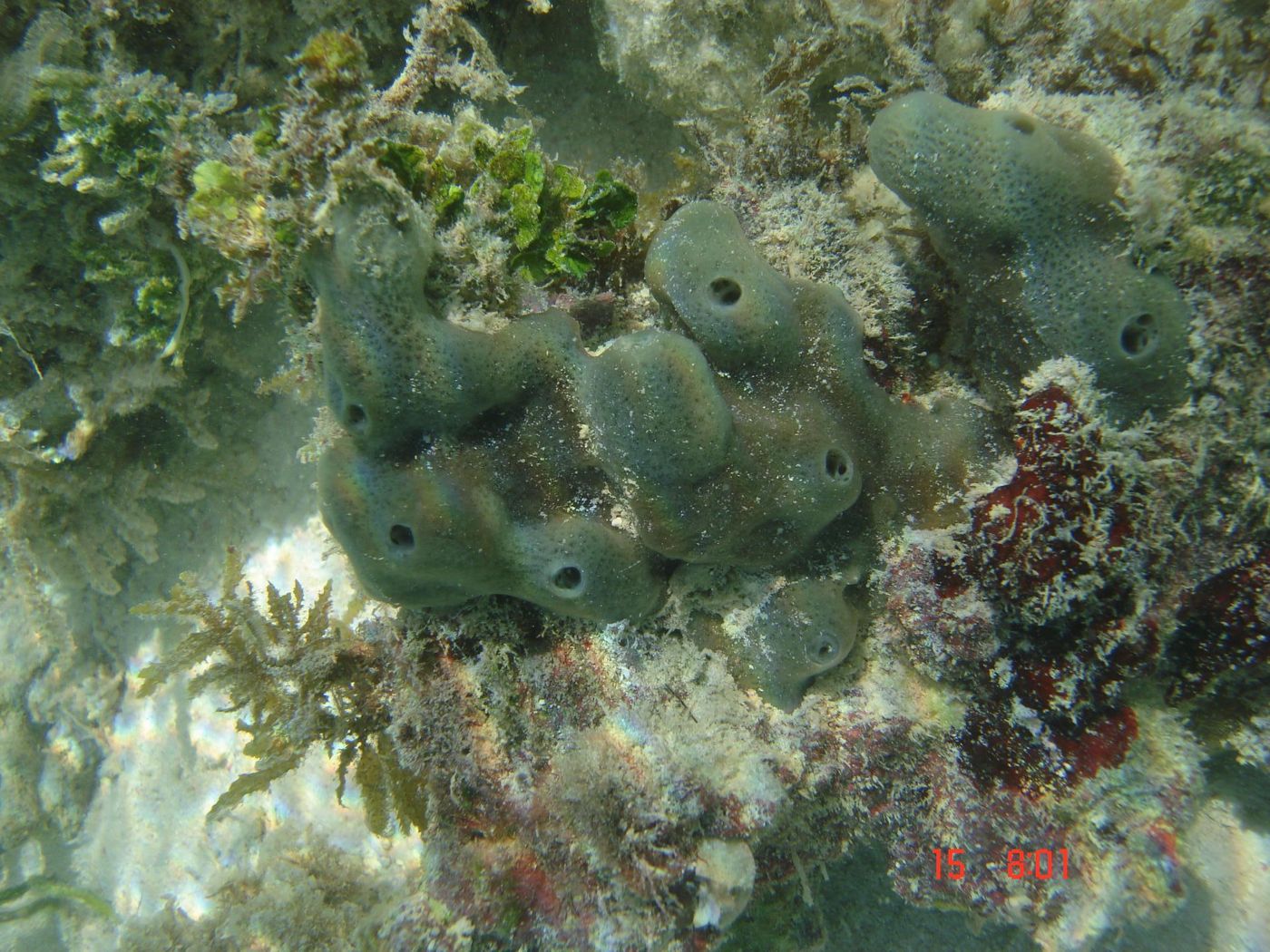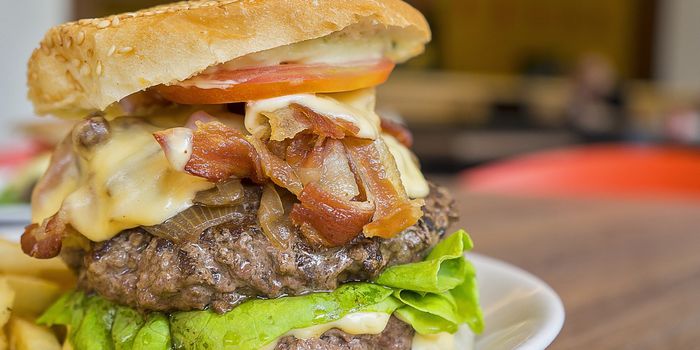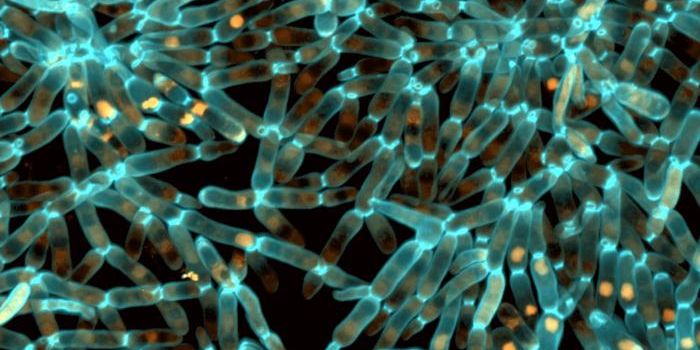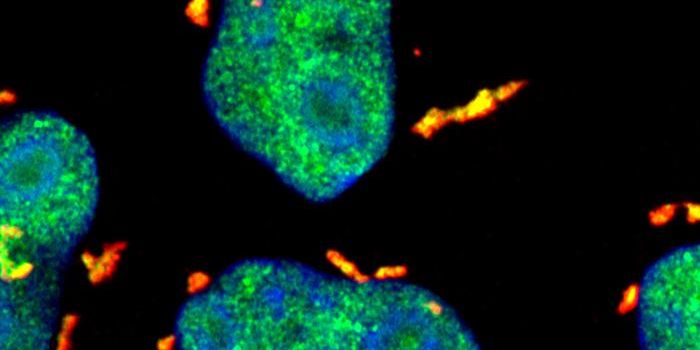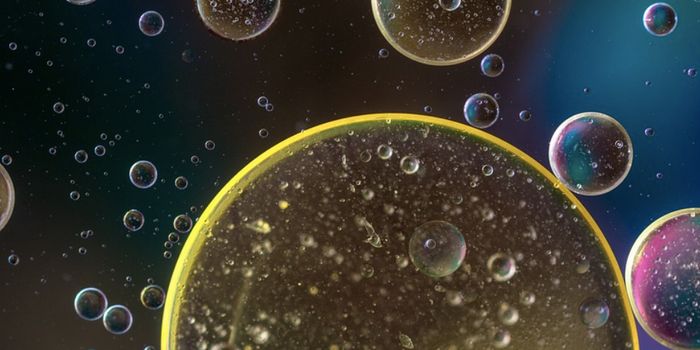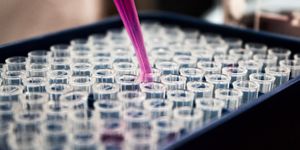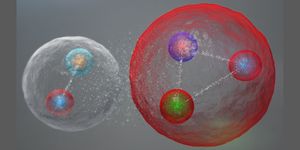Changing What we Think About the Transition to Multicellular Life
A new study by researchers at the University of Queensland is calling old ideas about evolution into question. The scientists used powerful genetic technologies to sequence every gene being expressed in individual cell types so they could compare the cells over time. They found that the likely ancestor of today's multicellular organisms is probably not what we thought.
Some have hypothesized that fossils of what could be a kind of algae represent the first multicellular life. Many others consider sponges to be the most ancient living animal; they may have first arisen 750 million years ago. University of California Berkeley scientists in the lab of Nicole King have studied single-celled organisms that line channels in sponges called choanoflagellates. They found genes in the choanoflagellates that were thought to only be in complex animals, suggesting that these simple organisms represent microbes on the cusp of multicellular life.
This new research has a different conclusion, however. "We've found that the first multicellular animals probably weren't like the modern-day sponge cells, but were more like a collection of convertible cells," said the co-corresponding author of the new study Professor Bernie Degnan. The work has been reported in Nature.
"The great-great-great-grandmother of all cells in the animal kingdom, so to speak, was probably quite similar to a stem cell," continued Degnan. "This is somewhat intuitive as, compared to plants and fungi, animals have many more cell types, used in very different ways - from neurons to muscles - and cell-flexibility has been critical to animal evolution from the start."
Researchers may now have to rethink the theory that multicellular organisms come from the choanocyte.
"Scattered throughout the history of evolution are major transitions, including the leap from a world of microscopic single-cells to a world of multi-celled animals," said Degnan. "With multicellularity came incredible complexity, creating the animal, plant, fungi and algae kingdoms we see today. These large organisms differ from the other more-than-99-percent of biodiversity that can only be seen under a microscope."
By mapping the transcriptome - the active genes - in individual cells, the researchers could compare similar cell types over time. Co-corresponding author and Associate Professor Sandie Degnan was able to look for genetic signatures of cell types, and decipher their evolutionary history.
"Biologists for decades believed the existing theory was a no-brainer, as sponge choanocytes look so much like single-celled choanoflagellates - the organism considered to be the closest living relatives of the animals," she said. The gene expression between these organisms is very different, however.
"But their transcriptome signatures simply don't match, meaning that these aren't the core building blocks of animal life that we originally thought they were. This technology has been used only for the last few years, but it's helped us finally address an age-old question, discovering something completely contrary to what anyone had ever proposed," she continued.
"We're taking a core theory of evolutionary biology and turning it on its head," she said. "Now, we have an opportunity to reimagine the steps that gave rise to the first animals, the underlying rules that turned single cells into multicellular animal life."
Learn more about evolutionary theories as well as some ideas about where life originated, from the video above by the SETI Institute.
Sources: AAAS/Eurekalert! via University of Queensland, Nature
-
APR 30, 2024Immuno-Oncology Virtual Event Series 2024
-
MAY 07, 20243rd International Biosecurity Virtual Symposium
-
JUN 06, 2024The Future of Scientific Conferencing
- See More

